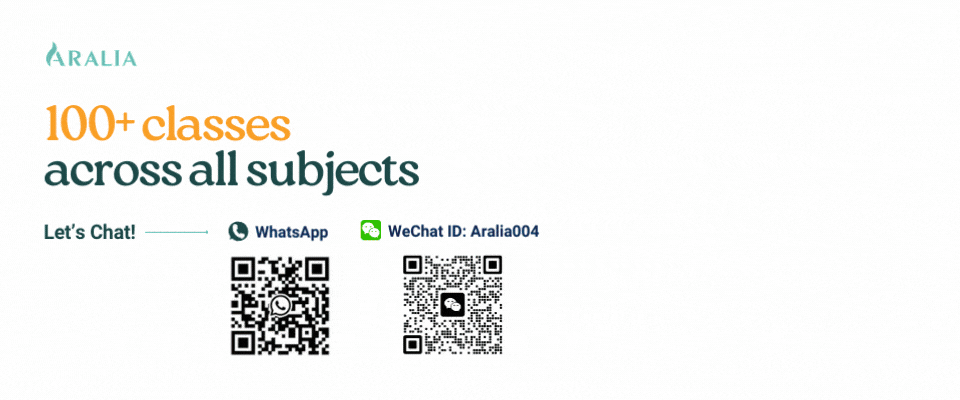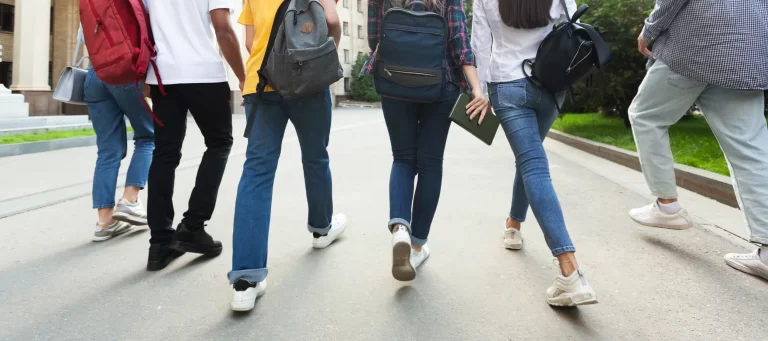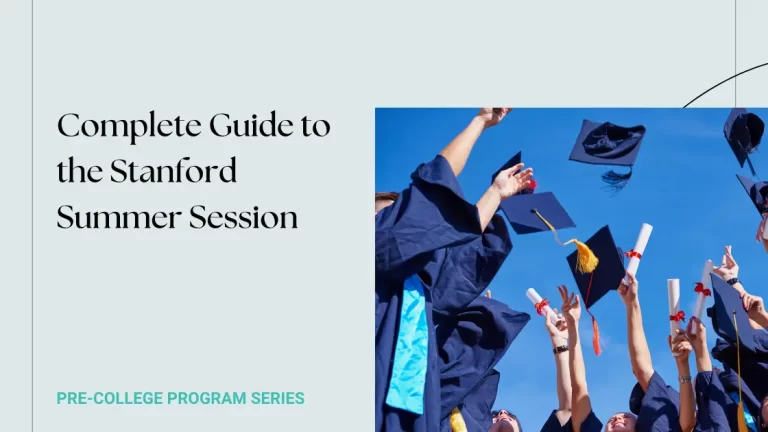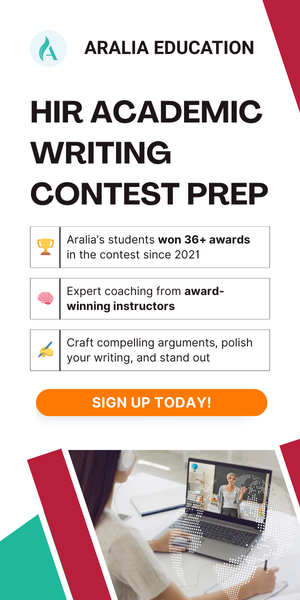1. What is the MITES Summer Program?
Massachusetts Institute of Technology, Introduction to Technology, Engineering, and Science (aka MITES), includes three separate programs for American students interested in STEM: MITES Summer, MITES Semester, and MITES Saturday. In this article, we will focus on the MIT MITES Summer program. MIT MITES Summer is a highly competitive, prestigious, and free 6-week summer program at MIT for American high school juniors interested in STEM. This distinguished program is free, covering tuition, housing, meals, and more. MITES Summer aims to uplift students from historically underrepresented backgrounds who are passionate about STEM, and provide the support and resources for them to thrive in STEM majors in college and STEM careers.
Throughout the years, MITES has proudly nurtured ambition, confidence, hope, and the power of STEM knowledge in countless students from underrepresented races and genders, families and communities facing economic hardships, families without college degrees (whether in STEM or not), and from schools with typically low college admittance rates.

Coursework
Students take 5 advanced STEM classes — selecting their own courses in math, life science, physics, humanities, and a project-based elective. Students will be able to learn niche STEM topics not offered at their current school, including architecture, engineering design, machine learning, genomics, electronics, and more. MITES Summer program concludes with a final symposium in front of the larger MIT community, where students will present the projects they’ve been working diligently on for the duration of the program.
MITES Summer courses are structured similar to undergraduate college courses. Students will also have the opportunities to participate in office hours, utilize Teaching Assistants, and attend weekly recitations. Although students won’t receive high school or college credit, students at MITES Summer will get a taste of the rigor and structure of what it’s like to study in college.
Schedule
On the weekdays from 9 am to 5 pm, MITES Summer students will attend classes, recitations, workshops, and lab tours. On evenings and weekends, MITES Summer offers engaging social events and trips around Boston. All students will live in MIT dorms and receive group mentorship from MIT undergraduate students.
2023 MITES Summer took place from June 17th to July 28th.
Eligibility
In order to apply to any MIT MITES program, students must be U.S. citizens or permanent residents (green card holders). MITES Summer students must be rising seniors in high school. In other words, MITES Summer will take place the summer before your senior year of high school. Students who don’t want to wait until then to get more involved in STEM are welcome to check out MITES Semester or MITES Saturday.
What is the difference between MITES Summer, MITES Semester, and MITES Saturday?
MITES Semester is a virtual 6-month STEM program that overlaps with the fall semester of your junior year of high school, taking place from June to December. High school juniors can attend MITES Semester simultaneously with their normal school and learn remotely anywhere in the country, making MITES Semester an excellent opportunity for high-achieving, organized students to take on a more challenging and rewarding workload. MITES Semester consists of 2 STEM courses—a project-based course and a supplemental core course—along with weekly webinars, workshops, and college counseling. Previously, MITES Semester students have gathered on the MIT campus in the fall, but this has been indefinitely canceled since the pandemic.
MITES Saturday is a 4-month STEM program that welcomes 7-10th grade students from public schools in Boston, Cambridge, and Lawrence (Massachusetts) to MIT’s campus every Saturday to study STEM. MITES Saturday students will take a seminar class called Academic Mentoring Seminar (AMS) and a hands-on project course where they’ll work on their own STEM project from a wide range of topics, including engineering, computer science, data visualization, robotics, and many more.
2. How selective is MITES Summer?
Previous MITES Summer applicants have reported an acceptance rate of just under 3% on non-MIT affiliated online student forums. Based on student reports, 2023 MITES Summer admission saw 2700 applicants and accepted 80 students. Although MIT has not released official statistics, MITES is well-known for being highly competitive; after all, it’s a free program at the most elite STEM university in the world. MITES Summer admissions will be looking at applicants’ 1st quarter grades (including both weighted and unweighted GPA), short answer essays, extracurricular activities, letters of recommendation from teachers, and optional standardized test scores.
Application Tips
Start preparing for MIT MITES Summer as early as possible. Competitive applicants will have only A’s and B’s in their high school transcript and have demonstrated prolonged, genuine interest in studying STEM during their own time. So, you shouldn’t wait until your junior year of high school to think about applying for MITES Summer. Even if your high school doesn’t offer STEM classes or clubs, do your own research online or at the library. MITES Summer does not require students to have experience studying or doing research in STEM, but rather for students to have a strong passion for STEM and a driven, diligent, ambitious work ethic. Since MIT emphasizes serving students from backgrounds not commonly seen in STEM, students should highlight their unique background and character in their application.
The 2023 MITES application had the following short answer questions:
- Tell us about a time you experienced a significant challenge in your life. What did you do, and what did you learn?
- The STEM field uses science, technology, engineering, and/or math to understand more about the world around us and to solve problems. If you could develop, invent, or innovate anything to change the world for the better using STEM, what would it be and why?
- Share with us how aspects of your identity (e.g., race, culture, first-generation college student status, gender, etc.) shape your aspirations.
- What are you passionate about? How have you spent time developing this passion?
- What do you hope to gain from participating in the MITES Summer/Semester program? If selected, how would you contribute to the MITES Summer/Semester community?
- If you could meet us in person, what would you share with us about you that isn’t already in the application?
3. Why should you apply for MITES Summer?
MITES Summer students will build a stronger foundation in STEM than other high schoolers their age, be able to study STEM topics inaccessible at their current schools, and gain the skills and confidence to excel in STEM in college and beyond in their future careers. MITES Summer is also a coveted community of the most supportive staff and welcoming, engaging peers—students will become friends with and/or grow into future world leaders and top scientists in STEM.
MITES alumni usually attend top 20 universities, with the most enrollments at MIT, Stanford, Harvard, Columbia, Yale, Georgia Tech, Caltech, Princeton, Brown, UC Berkeley, Duke, and Cornell. MIT reported almost 40% of MITES Summer alumni are later accepted into and attend MIT. MITES Summer gives students the confidence and resources to achieve more than they thought was possible. Based on student reports, MITES Summer staff are incredibly supportive, and the program is recognized over Carnegie Mellon’s SAMS program for providing more supportive college counseling services. MITES Summer students receive help with their college applications, advice on the admissions process, guidance on navigating financial aid, and detailed evaluation letters from their teachers that can serve as recommendation letters in college applications.
Students apply to MITES Summer in the fall semester of their junior year in high school. Applications are due February 1st, recommendation letters are due February 15th, and decisions will be released in April. A MITES Summer application can also be used to apply for the MITES Semester. Students are highly encouraged to apply to both, because you may be rejected from one but accepted into the other. Students have reported liking MITES Summer more than MITES Semester due to the in-person nature and more support on college preparation.
4. Spend your summer with Aralia Education
Jumpstart your passion for STEM with a class at Aralia Education! Polish up on your foundations in Biology or conduct research in Psychology with Aralia’s highly knowledgeable and supportive instructors. Aralia Education offers a wide range of STEM courses and expert instructors to encourage student leadership and engagement. At Aralia, you can fully explore your passion for STEM and be fully prepared to apply to MIT’s MITES Summer program!
Further reading:










